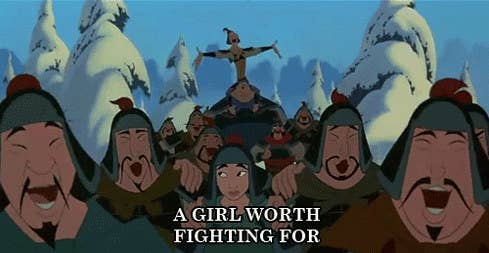 Turkle talks about the very evident change is social interaction since the domination of smartphones, laptops, ipads etc. She also explains how "we’ve become accustomed to a new way of being 'alone together.'" By this, she is saying how we can be with a group of people but using technology(checking facebook, snapchat etc) thus separating us from social situations and isolating us, in a sense. She also goes on to say that we need to make time to have actual conversations with friends, colleagues, family and any other human being we can talk to. We as a society, have become so integrated and dependent on technology that when we are upset or incredibly happy, the first thing we look to is our phones to console us or to show our happiness.
Turkle talks about the very evident change is social interaction since the domination of smartphones, laptops, ipads etc. She also explains how "we’ve become accustomed to a new way of being 'alone together.'" By this, she is saying how we can be with a group of people but using technology(checking facebook, snapchat etc) thus separating us from social situations and isolating us, in a sense. She also goes on to say that we need to make time to have actual conversations with friends, colleagues, family and any other human being we can talk to. We as a society, have become so integrated and dependent on technology that when we are upset or incredibly happy, the first thing we look to is our phones to console us or to show our happiness.  Comparatively, Wesch is talking about how she has used technology as a learning outlet to make her students engaged in the learning process. Wesch started with her research showing that "131 students reported reading less than half of the assigned readings, and further perceived only 26 percent of the readings to be relevant to their lives. Others noted that they often buy hundred dollar textbooks that they never open and pay for classes that they never attend." While these numbers and facts seem incredible, they are very, very real in the college world. As a result of these findings and her personal beliefs, she decided it was time to change the way we look at teaching so that students are the leaders and teachers are there for support. She wanted to find a way to bring her 500 students together, not just having them in rows and as another grade in the grade book. She was able to do this by integrating technology and found a way to use it in a way that each student became an expert in their assigned content and ultimately they put all their content together to make one large video. Doing this allowed students to view learning differently and ask the questions needed in order for this learning to happen, not just have the teacher lecture and provide all the answers.
Comparatively, Wesch is talking about how she has used technology as a learning outlet to make her students engaged in the learning process. Wesch started with her research showing that "131 students reported reading less than half of the assigned readings, and further perceived only 26 percent of the readings to be relevant to their lives. Others noted that they often buy hundred dollar textbooks that they never open and pay for classes that they never attend." While these numbers and facts seem incredible, they are very, very real in the college world. As a result of these findings and her personal beliefs, she decided it was time to change the way we look at teaching so that students are the leaders and teachers are there for support. She wanted to find a way to bring her 500 students together, not just having them in rows and as another grade in the grade book. She was able to do this by integrating technology and found a way to use it in a way that each student became an expert in their assigned content and ultimately they put all their content together to make one large video. Doing this allowed students to view learning differently and ask the questions needed in order for this learning to happen, not just have the teacher lecture and provide all the answers.Wrapping up, while Wesch and Turkle have contrasting views on technology use, I think they're both getting at the same idea. That idea being that technology is not going anywhere, but we need to know how to harness its power in order to create strong learners. We also need to identify when technology should be used and when it needs to put to the side. Technology is a strong learning tool, we just have to understand how to use its power.








